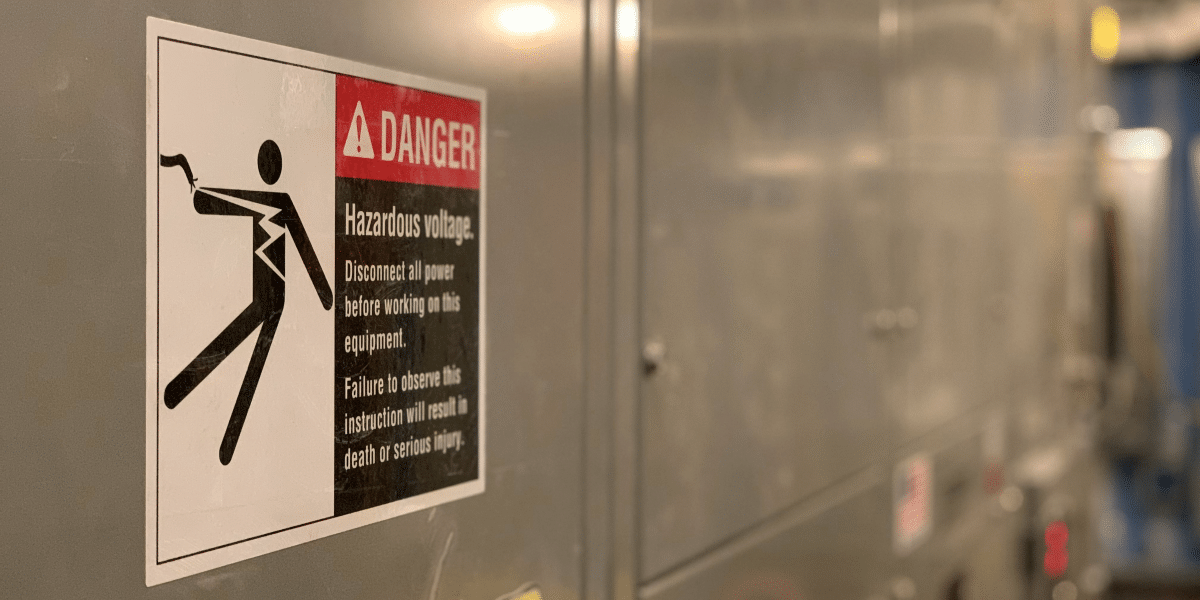In industries ranging from construction and manufacturing to warehousing and logistics, safe material handling is essential for efficient operations and employee safety. Material handling involves the movement, storage, and control of goods and products throughout the supply chain. Effective handling reduces the risk of workplace accidents, minimizes damage to products, and enhances productivity, making it a top priority for industrial managers across all sectors.
This guide will explore best practices for material handling that can be applied universally, regardless of your industry. From selecting the right equipment to training employees and implementing ergonomic solutions, following these strategies will help managers maintain a safer, more productive workplace.
Understand the Material Requirements
Before moving any materials, it’s essential to understand the unique handling requirements for each type of material. Consider factors like weight, size, and fragility, as well as any specific hazards, such as chemical volatility or extreme temperatures. For example:
- Heavy Items: May require lifting equipment like forklifts or cranes.
- Fragile Items: Need cushioned containers or controlled movement to prevent damage.
- Hazardous Materials: Require specialized equipment, protective gear, and trained personnel.
By assessing these requirements, managers can select the appropriate handling method and ensure the materials are transported and stored safely.
Select the Right Material Handling Equipment
The right equipment can streamline processes and reduce the risk of injuries associated with manual lifting. Material handling equipment typically falls into several categories:
- Lifting Equipment: Forklifts, cranes, hoists, and dollies for moving heavy loads.
- Self-dumping hoppers are useful for collecting, storing, and disposing of scrap or bulk materials efficiently. These hoppers automatically release their contents when lifted by a forklift, reducing manual handling and minimizing spillage.
- Storage and Retrieval Systems: Racking, shelving, and automated storage systems for efficient organization.
- Conveyors: Used for transporting materials over short or long distances without the need for manual handling.
- Pallet Jacks and Stackers: For moving pallets and stackable goods.
Choosing equipment suited to your industry’s specific needs is key to improving operational efficiency and worker safety. Regular equipment maintenance is also critical to prevent accidents due to equipment malfunctions.
Implement Ergonomic Solutions
Ergonomics is about adapting the workplace to fit the needs of the workers. Ergonomics in material handling focuses on minimizing repetitive strain and musculoskeletal disorders associated with lifting, pulling, or pushing heavy materials.
- Use Adjustable Workstations: To accommodate workers of different heights and prevent excessive bending or stretching.
- Provide Supportive Tools: Such as anti-fatigue mats or knee pads for workers on their feet or kneeling.
- Encourage Two-Person Lifts: When manual lifting is necessary, especially for awkwardly shaped or heavy items.
By prioritizing ergonomic solutions, managers can improve both safety and comfort, reducing the likelihood of workplace injuries over time.
Establish Clear Safety Protocols and Training Programs
Training employees in safe material handling techniques is one of the most effective ways to reduce workplace injuries. Safety protocols should cover all aspects of handling, including:
- Proper Lifting Techniques: Teach employees to lift with their legs, not their back, and to avoid twisting while carrying heavy objects.
- Use of Safety Gear: Emphasizing the importance of personal protective equipment (PPE) such as gloves, helmets, and steel-toed boots.
- Equipment Operation: Only certified personnel should operate machinery like forklifts and cranes, and they should undergo refresher courses regularly.
- Emergency Procedures: Employees need to know what to do in case of spills, leaks, or equipment malfunctions.
Managers should offer training programs for all new hires and conduct periodic safety audits to ensure compliance.
Adopt Automation for High-Risk Repetitive Tasks
Repetitive tasks are often high-risk and can lead to employee injuries due to overexertion or repetitive strain. Automation can reduce the need for employees to engage in these types of tasks, improving both safety and productivity.
- Automated Guided Vehicles (AGVs): For transporting goods across large facilities, reducing the need for manual material handling.
- Robotic Arms: Useful for repetitive loading and unloading tasks, especially in environments with high production volumes.
- Conveyor Systems: Can eliminate manual lifting by moving materials along production lines.
Automation not only minimizes risks but also improves accuracy and efficiency. While automation may require an upfront investment, the long-term safety and productivity benefits are substantial.
Enforce Load Limits and Proper Stacking Techniques
Improper stacking and overloading of materials can lead to accidents, equipment damage, and product loss. By enforcing load limits and proper stacking, managers can help prevent these incidents:
- Observe Load Limits on Equipment: Ensure that forklifts, shelves, and other equipment are not overloaded.
- Train Workers on Safe Stacking: Materials should be stacked in a stable manner, with heavier items on the bottom and lighter items on top.
- Label Hazardous Areas: If certain areas have maximum load capacities, make sure these limits are clearly posted and followed.
Following these guidelines reduces the chances of equipment tipping over or shelving units collapsing, which are common causes of workplace accidents.
Encourage a Culture of Safety and Reporting
Creating a culture where safety is valued and employees feel empowered to report potential hazards is essential for maintaining a safe workplace. Open communication between employees and managers allows for faster identification and correction of unsafe conditions.
- Regular Safety Meetings: Hold meetings to review safety protocols and discuss any recent incidents or near-misses.
- Encourage Incident Reporting: Establish a clear reporting process for employees to report unsafe conditions or injuries without fear of retaliation.
- Reward Safe Behavior: Recognize employees who adhere to safety practices, reinforcing a culture of accountability and care.
When employees feel involved in maintaining a safe work environment, they are more likely to actively contribute to workplace safety.
Monitor and Continuously Improve Safety Practices
Even with the best practices in place, there’s always room for improvement. Managers should routinely evaluate safety procedures and gather feedback from employees to identify any areas that need adjustment.
- Conduct Regular Audits: Safety audits help to identify potential hazards and ensure compliance with industry regulations.
- Review Incident Reports: Analyzing past incidents can reveal patterns and inform changes to prevent future occurrences.
- Encourage Feedback from Workers: Frontline employees often have valuable insights into potential risks that may go unnoticed by management.
By continuously refining safety practices, managers can create an adaptive safety program that grows with the needs of the industry.
Final Thoughts
Safe material handling isn’t just about following a checklist; it’s about fostering a culture of safety, staying proactive with training and equipment maintenance, and consistently seeking improvement. Industrial managers play a critical role in setting the tone and ensuring that safety remains a priority. By implementing these strategies, you’ll reduce the risk of accidents, enhance productivity, and create a work environment where employees feel valued and protected.
Ultimately, a commitment to safe material handling is an investment in your workforce and your company’s long-term success.
Published by: Annie P.



















